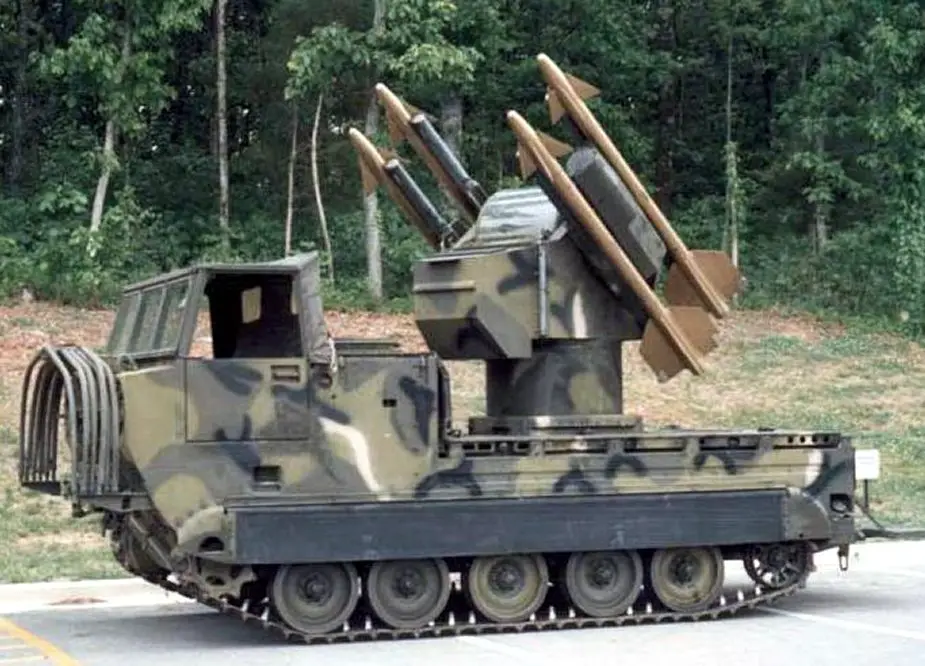Breaking news
U.S. to sell M48A3 Chaparral air defense systems modifications to Egypt.
ProjectXYZ Inc. was awarded a $17,227,000 firm-fixed-price Foreign Military Sales (Egypt) contract to develop and deliver M48A3 Chaparral Fire Unit system modifications.

M48 Chaparral (Picture source: Wikipedia)
One bid was solicited with one bid received. Work will be performed in Cairo, Egypt, with an estimated completion date of Dec. 30, 2020. Fiscal 2019 Foreign Military Sales funds in the amount of $17,227,000 were obligated at the time of the award. U.S. Army Contracting Command, Redstone Arsenal, Alabama, is the contracting activity (W31P4Q-19-C-0105).
The MIM-72A/M48 Chaparral is an American self-propelled surface-to-air missile system based on the AIM-9 Sidewinder air-to-air missile system. The launcher is based on the M113 family of vehicles. It entered service with the U.S. Army and the U.S.M.C. in 1969 and was phased out between 1990 and 1998. It was intended to be used along with the M163 VADS, the Vulcan ADS covering short-range short-time engagements, and the Chaparral for longer range use.
The MIM-72 missile is launched from the M48 fire unit, consisting of an M730 tracked vehicle fitted with an M54 missile launcher capable of holding four missiles ready to fire. The M48 carries an additional eight missiles stowed. The MIM-72A, like the FIM-43 Redeye, uses a first-generation infra-red seeker, and can be fooled by flares and "hot brick" jammers, such as the L166 IRCM unit fitted to the Mi-24. Also, the missile needs to be able to see the hot exhaust of an aircraft, making it a tail chase-only missile. A final upgrade adapted the greatly improved seeker from the FIM-92 Stinger to the MIM-72, starting in 1980. The Stinger's seeker is considerably more capable in terms of off-axis "sighting," as well as being able to reject most common forms of jamming. Ford was contracted to deliver the resulting MIM-72G starting in 1982, and all existing missiles had been updated by the late 1980s. New-build G models followed between 1990 and 1991. By this point in time the system was already being removed from regular Army service, and being handed over to the National Guard.
Two export-only versions of the MIM-72 were also built, the MIM-72H which is an export version of the MIM-72F, and the MIM-72J, a MIM-72G with a downgraded guidance and control section. The missile costs approximately $80,000 and M48 fire unit $1.5 million.
The C version of the missile, from 1974, has an improved guidance section that gives the missile an all-aspect capability, as well as a new doppler radar fuze and an improved warhead. The fuze and warhead were adapted from the earlier Mauler program. C models were deployed between 1976 and 1981, reaching operational status in 1978. An experimental D model used the warhead from the C version with the seeker from the A model, but was not deployed.



















